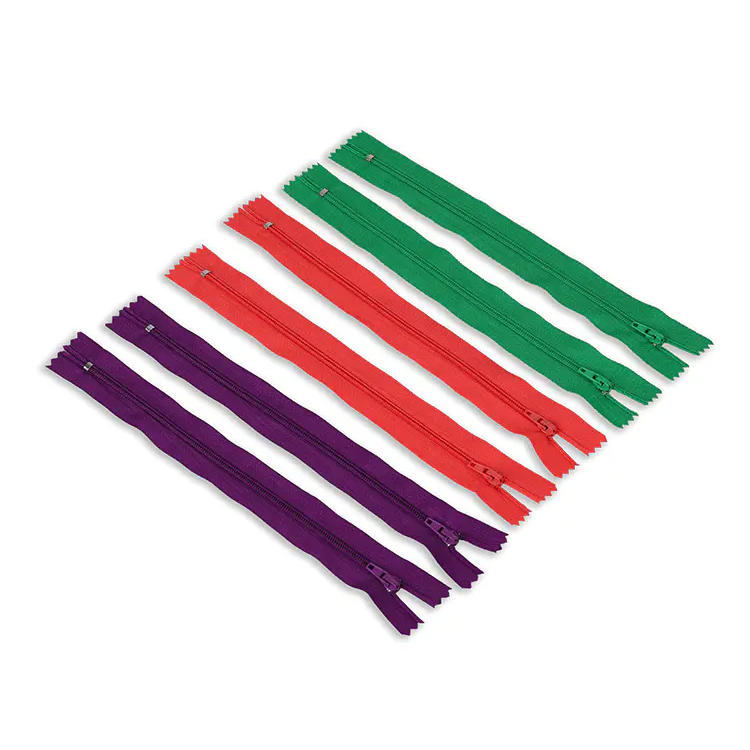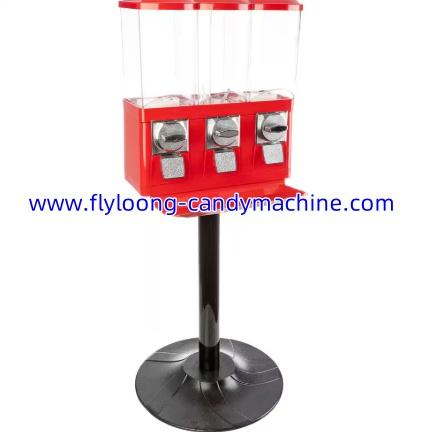Zipper Techniques for Designers

Selecting the right invisible zipper edge is critical to achieving professional results in garment construction. The #3 invisible zipper cloth edge is ideal for medium-weight fabrics and provides a subtle, clean finish along seams. Its durability ensures that the zipper operates smoothly without disrupting the garment’s shape. Garments such as fitted skirts, dresses, and tailored pants benefit from this type of edge, as it maintains the natural flow of the fabric.
On the other hand, the #3 invisible zipper lace edge is designed for use with delicate fabrics, including lace, mesh, and embroidered materials. It blends with the fabric’s texture, preserving the design while allowing functional closure. Handling lace carefully during sewing is important, as the fabric can be prone to snagging or stretching. Using an invisible zipper foot and matching thread color helps achieve a professional finish.
Designers often combine these two types of edges in layered garments. For example, a dress with a lace overlay may feature the lace edge for the outer layer and the cloth edge for the lining. This combination ensures a seamless look while maintaining the garment’s durability. Additionally, planning the zipper placement in advance prevents unwanted tension or distortion in the fabric, especially when working with stretch or delicate materials.
Invisible zippers also play a role in enhancing garment aesthetics. By hiding the zipper, designers can maintain clean lines and uninterrupted patterns, which is particularly important in formalwear and high-fashion pieces. Whether used in home sewing projects or small-scale production, both the cloth and lace edges provide versatility, allowing for elegant, functional closures across a range of fabric types and garment styles.






